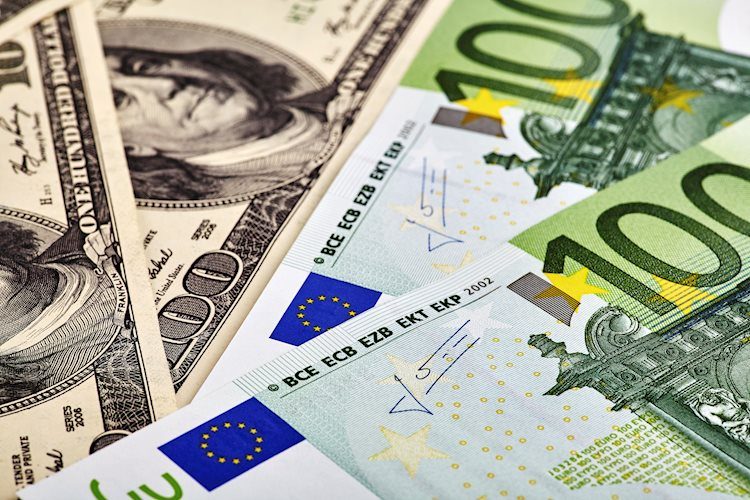The EUR/USD pair remains vulnerable as uncertainty looms over a potential trade war between the Eurozone and the US. Investors are keeping a close eye on the US inflation data and speeches from Fed officials, as these will impact market expectations for the Fed’s monetary policy action in December.
The US CPI data for October is expected to show an increase in annual headline inflation to 2.6% from 2.4% in September. This could influence the likelihood of a Fed interest rate cut in December, which is currently at 62%. President-elect Donald Trump’s proposed policies, such as raising import tariffs and lowering corporate taxes, could lead to inflationary pressures, prompting the Fed to follow a more gradual rate-cut cycle.
European Central Bank (ECB) Governing Council Member Olli Rehn has suggested that Europe should prepare for a potential trade war with the US. Additionally, the collapse of the German three-party government has contributed to the weakness in the Euro. Investors are awaiting ECB President Christine Lagarde’s speech for further guidance on interest rates.
Technical analysis shows that EUR/USD is struggling to gain ground above 1.0600, with the 20-day EMA turning south near 1.0800. The RSI indicates bearish momentum, suggesting the pair may decline further towards the psychological support level of 1.0500. However, the key resistance level for Euro bulls is at 1.0700.
Inflation measures the rise in the price of goods and services over time, with core inflation excluding volatile elements such as food and fuel. Central banks aim to keep inflation around 2%. Higher inflation can lead to stronger currencies due to raised interest rates, while lower inflation can have the opposite effect. High inflation prompts central banks to increase interest rates, which can be negative for Gold. On the other hand, lower inflation tends to be positive for Gold as it brings interest rates down.











